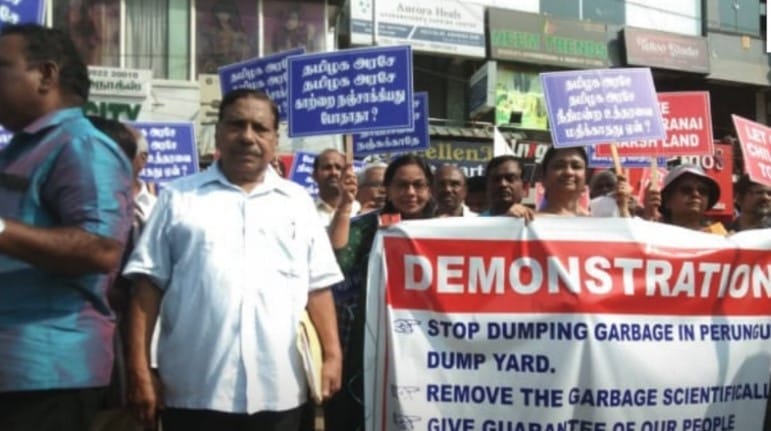In 2011, the Thoraipakkam Village Panchayat was incorporated into the Greater Chennai Corporation (GCC) limits and the Chennai Metropolitan Water Supply and Sewerage Board (CMWSSB) rolled out schemes promising piped water supply and underground sewage system for the residents in the area.
The move brought hope to the residents as we had waited for these basic amenities ever since we settled here in the 90s. But our anticipation turned to dismay as even after more than 10 years, these schemes remain merely on paper — incomplete on the ground.
Read more: High TDS in water supply affects Valmiki Nagar residents
We have written numerous letters to the CMWSSB and sent petitions to the GCC, through the residents’ welfare association and housing federations that represent the residents in the neighbourhood. We have continuously asked these civic bodies to expedite the process, and to finish the projects.
An unending wait for Thoraipakkam

Each time, the authorities responded saying that the project would be done soon. The Metro Water outsourced the work of laying water supply lines to two private companies over the years. The work was mostly done by 2022.
Two overhead tanks were even filled with water, however, the work to connect the water to the houses was never done. In the past few months, there have been no workers on the ground. Construction appears to be at a standstill.
The delays prolong the residents’ dependence on private lorries, for which many spend more than Rs. 2,000 a month. The groundwater is highly contaminated given Thoraipakkam’s proximity to the Kodungaiyur dump yard.
High levels of contaminants in groundwater
Last year, the Thoraipakkam RWA Federation sent groundwater samples to the Metro Water Lab in Kilpauk. The results showed that the water contains high levels of ammoniacal nitrate (5.5%) much higher than the permissible amount of 0.5%.
Read more: Getting piped water supply to homes in Chitlapakkam
In March 2023, our federation organised a protest to demand piped water and to warn against the dangers of contaminated groundwater owing to garbage at the dump yard.
We are planning another protest soon. We are waiting for the water supply to just get connected to our homes. It’s all there filled up in the tank. They just need to bring it to us.
As President of the Federation of Thoraipakkam Residents Welfare Associations, I have explained the drinking water schemes, the inordinate delay in implementation and how this has affected the community, in the video below:
[Produced with the assistance of Savitha Ganesh, Engagement Associate]